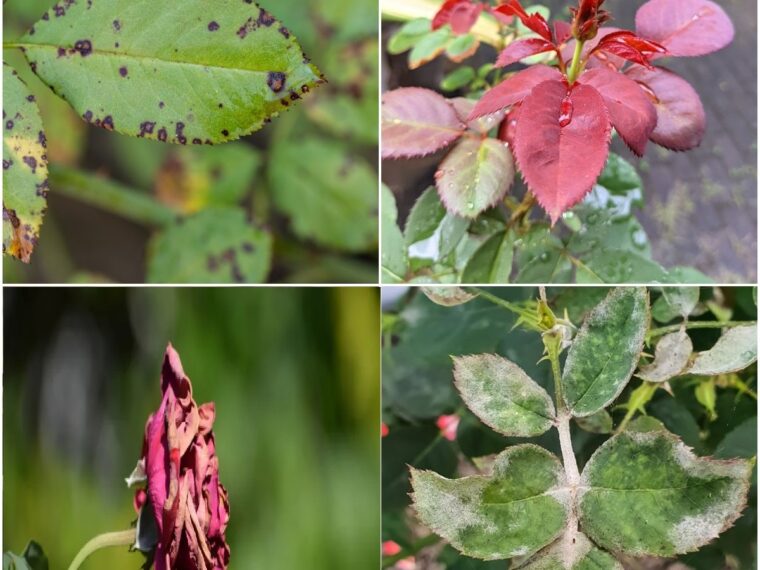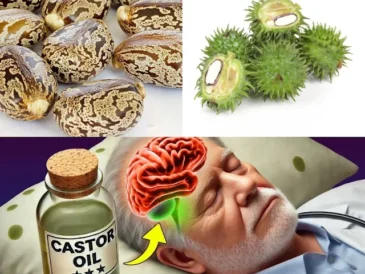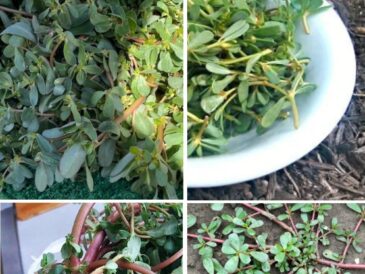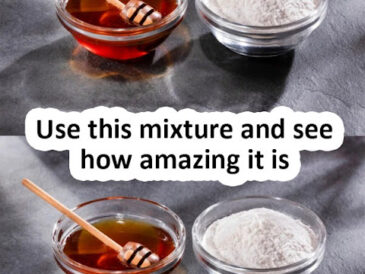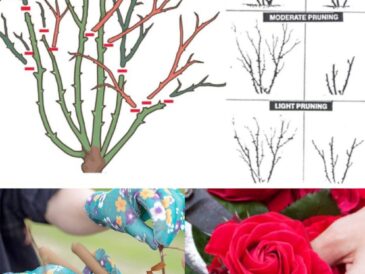There’s nothing quite so lovely in a summer garden than a rosebush in full bloom. Roses are truly the quintessential flower. With their characteristic unfurling bud and timeless scent, you’d be hard-pressed to find a bloom more beloved the world over.
As is often the case with something so delicate and beautiful, cultivating roses comes with its own set of challenges.
From pests to diseases and environmental stress, it can feel as though Mother Nature is out to get your roses. Each of these problems can have a major impact on the health of your plants, leaving you with few to no blooms or, worse, a dead plant.
But as they say, knowing is half the battle, which is why we’re going to take a look at the most common rose-growing problems you’re likely to encounter. We’ll look at how to identify and treat each issue. Hopefully, knowing what to look for before it reaches your rose bushes will help you maintain gorgeous, thriving roses covered in blooms each year.
Powdery Mildew
Powdery mildew is by far the most common affliction roses face each year. This airborne fungus affects many other plants and flowers, as anyone who’s been gardening for a few years can tell you. Thankfully, our southern gardening expert, Fawn, has figured out how to deal with it. (We’ll get to her method shortly.)

Symptoms:
Powdery mildew appears as white powder or grayish blotches on the leaves, stems, and buds of roses. Once infected, leaves may curl up or drop prematurely. You’ll likely notice it begin to show up during periods of hot, humid, rainy weather.
Treatment:
First, prune off as many of the affected parts of the rose bush as possible. While you’re pruning, you may want to make some thinning cuts to improve air circulation within the plant and around the bottom of the plant. This is especially important if you have rose bushes growing close to one another. If need be, prune them to open a bit more space between the plants.
Finally, use Fawn’s powdery mildew go-to, hydrogen peroxide, to rid your roses of this fungal menace. Skip all the other home remedies out there and start with her method first. You won’t be sorry. You can read how she mixes it and when and how to apply it here:
My Foolproof Powdery Mildew Remedy That Works In Two Weeks
Black Spot
Another fungal disease, black spot, is quite common during periods of warm, rainy days. (Have you noticed a trend?) Much like powdery mildew, black spot is unsightly but usually won’t kill your rose bush. However, the stress of the infection weakens the plant, making it more susceptible to other pest and disease damage.

Symptoms:
The name says it all, black spot shows up as small dark brown or black spots covering the leaves and sometimes the stems of your rose bushes. Left untreated, it can cause the leaves to yellow and drop off. Again, rarely will black spot kill your plant, but it significantly weakens the shrub, opening it up to other issues.
Treatment:
The treatment for black spot is the same as for powdery mildew. You’ll want to remove affected portions of the plant and prune to open it up more. Again, Fawn’s hydrogen peroxide solution is highly effective in eliminating black spot from your roses and is much less harsh than a commercial fungicide.
Aphids
If you grow roses for any length of time, eventually, you’ll deal with these annoying little bugs. If left unchecked and the infestation is bad enough, they can kill off a rose bush.
This is especially true for new plantings that aren’t established yet.
Symptoms:

Aphids are tiny green, pear-shaped insects that hang out on new growth, buds, and the undersides of leaves. They suck plant sap, causing distorted growth and yellowing leaves.
You’ll often see the evidence that aphids were there before you notice the insects themselves. Shiny, sticky dots on leaves are a hallmark of aphids. They produce a sticky substance known as honeydew. Ants, which feed off the honeydew, on your roses is another sign you may have an aphid infestation. Finally, you can often find their shed exoskeletons stuck to the honeydew on the plant. It looks like fine, white sand or dust has been sprinkled on the plant.

Treatment:
the easiest way to keep aphids in check is also the simplest – spray them with water. Use a garden hose with an adjustable nozzle that will allow you to spray your rose bushes with a powerful blast of water.
Spider Mites
These pests are a thorn in any rose grower’s side, whether you grow your roses indoors or out. Luckily, they’re pretty easy to get rid of.

Symptoms:
You’ll often notice splotchy yellow-green leaves. Upon closer inspection, it will appear as though the leaves have yellow stippling or pinpricks all over them. Look in the space where the leaflet meets the stem, and you’ll likely see a web of incredibly fine webbing. Spider mites thrive in dry, dusty conditions. (You can’t seem to win with the weather and roses!)
Treatment:
Just like with aphids, the easiest treatment for spider mites is to spray the plant with water. Again, use a garden hose with a powerful spray nozzle to blast the little buggers out of your roses. Don’t stop there. However, you may want to mist your roses occasionally if the weather continues to remain dry, as the extra moisture can prevent spider mites from returning. Neem oil spray or an insecticidal soap made by mixing a couple of drops of liquid dish detergent with water are also great ways of ridding your roses of spider mites.
If you’re growing roses indoors, consider adding a pebble tray or a small humidifier to raise the humidity near your roses.
CONTINUE READING IN PAGE 2
